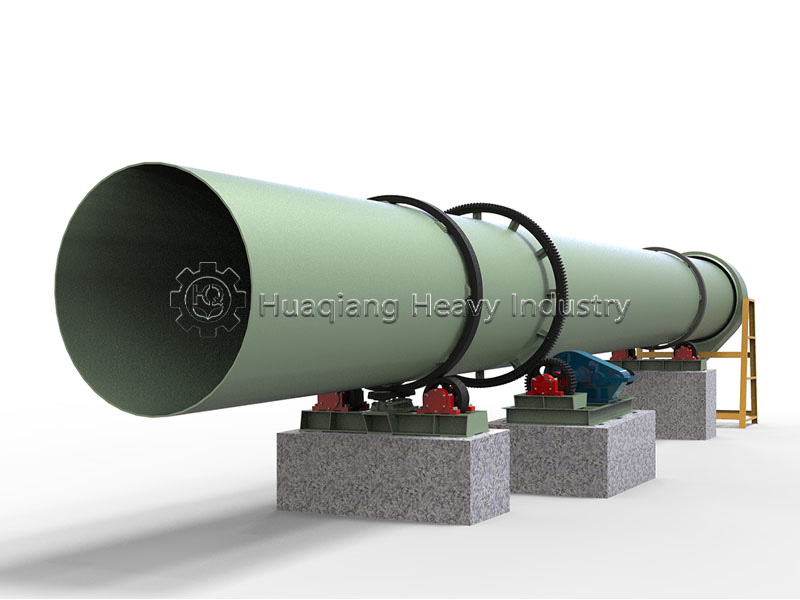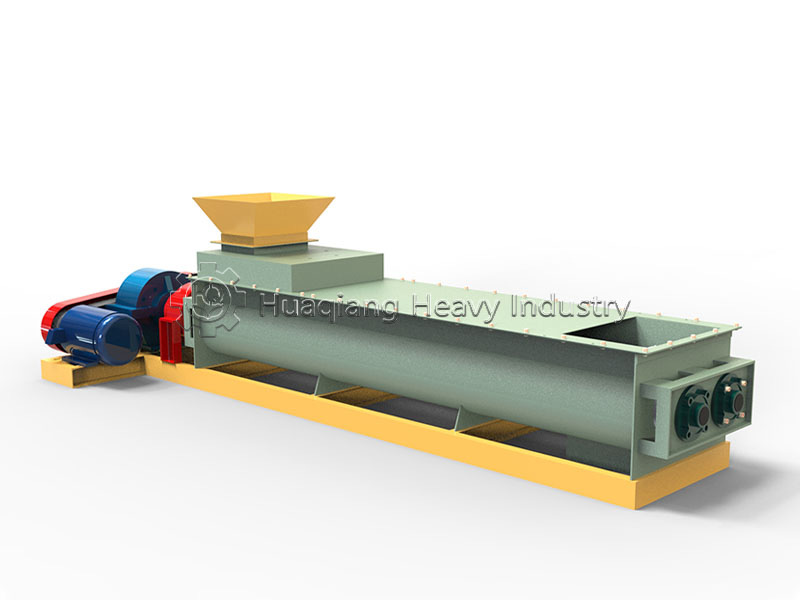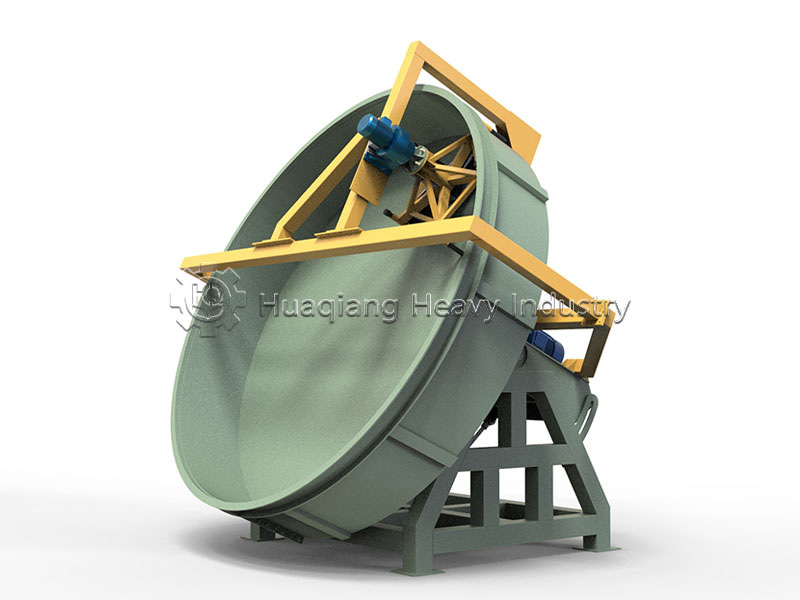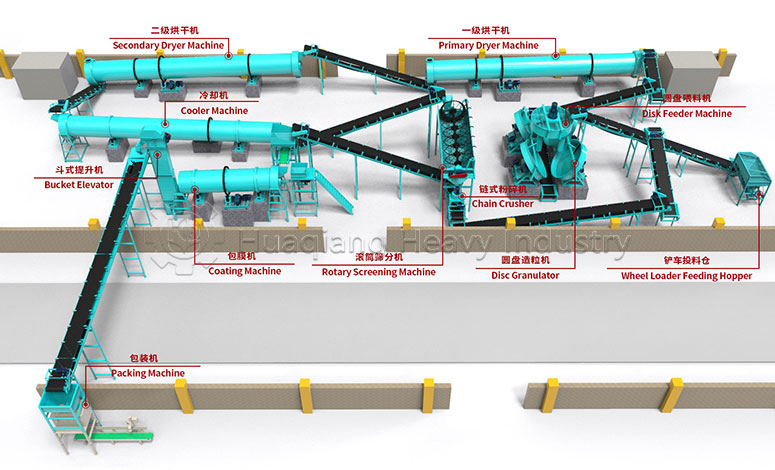Core equipment for uniform mixing in organic fertilizer production lines
In modern organic fertilizer production lines, the fertilizer mixer machine, as a key piece of equipment, plays a crucial role in ensuring the uniform mixing of raw materials. Its mixing effect directly impacts the smooth operation of subsequent processes, particularly the stable operation of the organic fertilizer granulator and the quality of the final product.
As a fundamental piece of equipment in organic fertilizer production lines, the fertilizer mixer’s design fully considers the characteristics of organic materials. Its unique mixing structure and motion effectively handle organic raw materials with high fiber content and significant differences in specific gravity. This specialized design ensures that various ingredients are thoroughly mixed in a short time, providing uniform raw materials for subsequent fermentation and granulation processes.
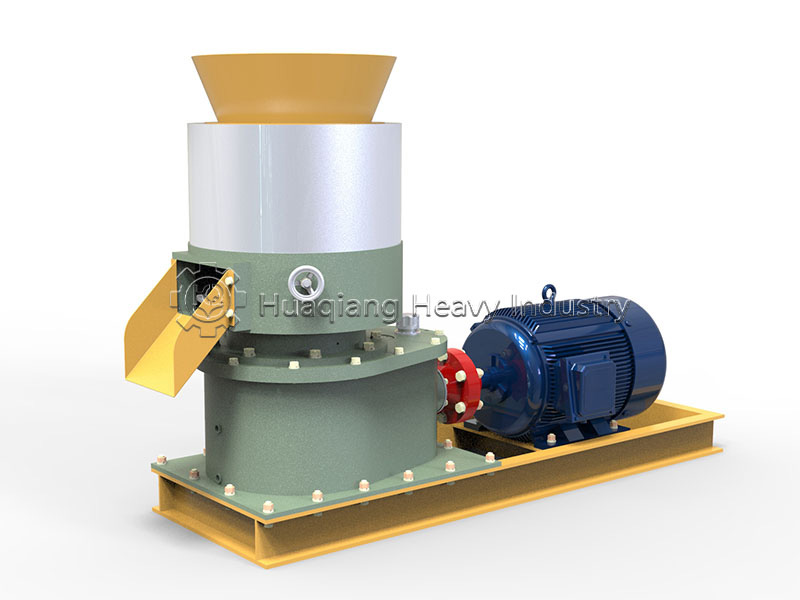
Modern fertilizer mixers demonstrate excellent adaptability within the organic fertilizer production equipment system. Whether processing raw materials primarily composed of livestock and poultry manure or formulas primarily based on plant materials such as straw, the mixer can achieve ideal mixing results by adjusting operating parameters. This flexibility allows it to meet the needs of organic fertilizer production lines with different formulas and production volumes.
In terms of intelligent development, the synergy between modern fertilizer mixers and other equipment in organic fertilizer production lines is continuously improving. By integrating with automatic batching systems, organic fertilizer granulators, and other equipment, the entire process from metering and mixing to granulation is now fully automated. This intelligent upgrade not only improves production efficiency but also ensures the stability of product quality.
